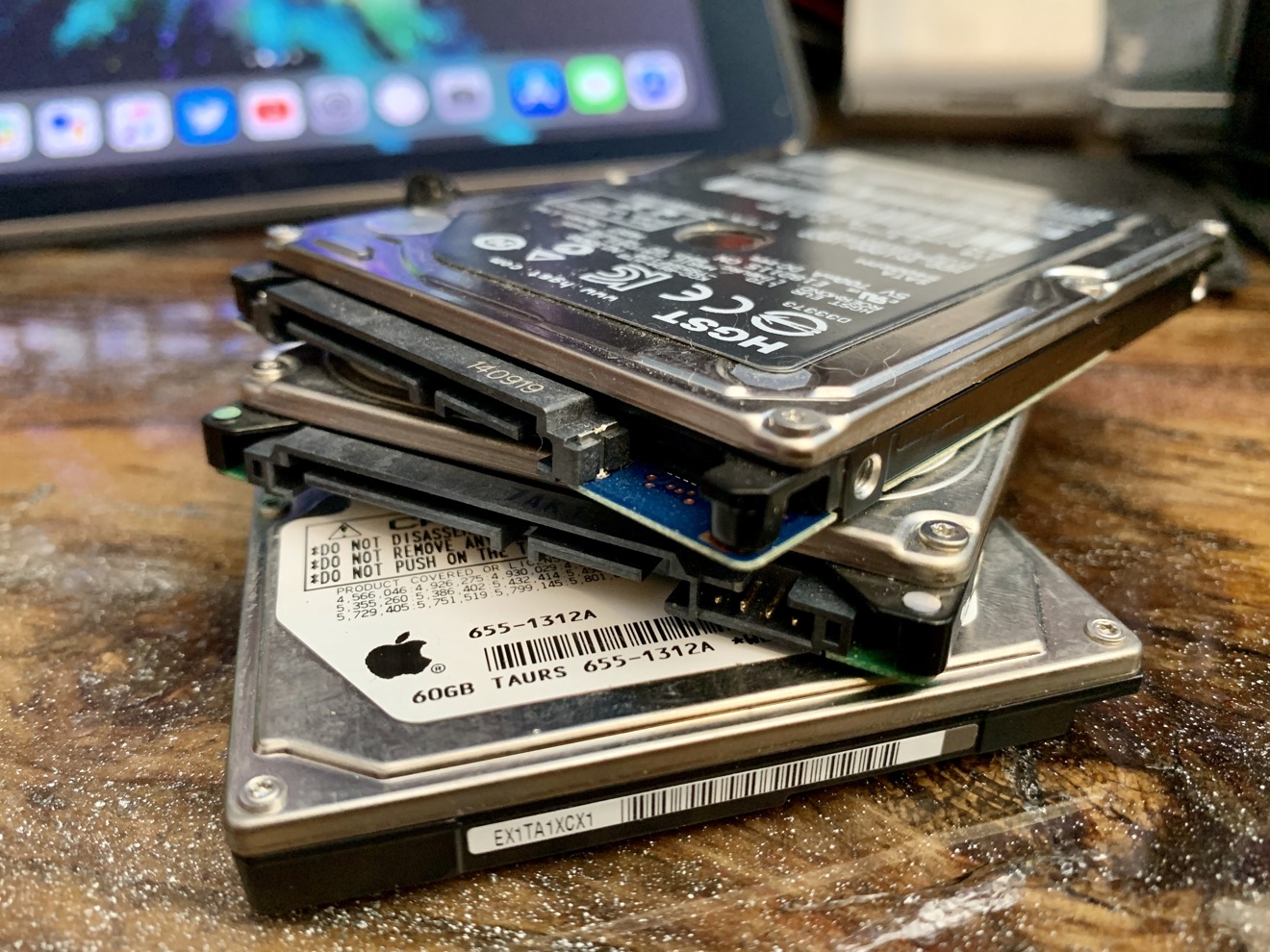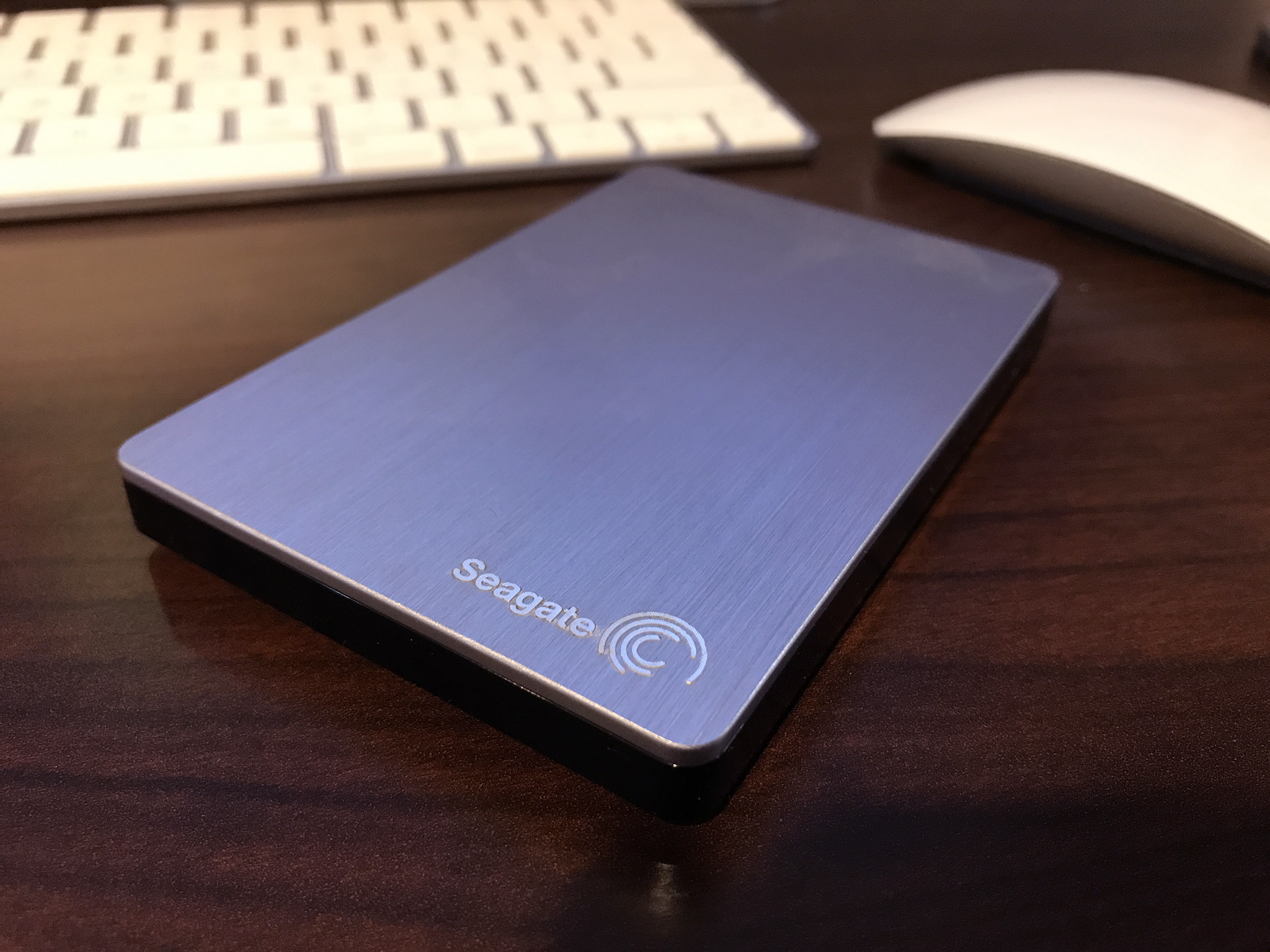

- #WHATIS THE LARGEST HARD DRIVE FOR MACBOOK AIR INSTALL#
- #WHATIS THE LARGEST HARD DRIVE FOR MACBOOK AIR PRO#
- #WHATIS THE LARGEST HARD DRIVE FOR MACBOOK AIR SOFTWARE#
Your MacBook Air will look better when put beside some nice accessories. However, if you must decide on more storage or better memory, but not both, go with more memory. If you are a creative or photographer who needs to store lots of files on your MacBook Air (M1, 2020), bump up your storage to either 1TB or 2TB. MacBook Air what storage size should I buy: are you creative?


#WHATIS THE LARGEST HARD DRIVE FOR MACBOOK AIR INSTALL#
In addition, you don’t need to install any. With the Thunderbolt 3 connection, it can deliver a transfer speed of up to 2700 MB/s when connected to Thunderbolt and 900 MB/s with USB 3.2 Mode.
#WHATIS THE LARGEST HARD DRIVE FOR MACBOOK AIR PRO#
Couple this with how Apple makes it impossible to swap out flash storage on MacBooks post-purchase, your choice of storage is a permanent one that you'll have to live with for a long time. The Sabrent Rocket Thunderbolt 3 External SSD for M1 MacBook Air and MacBook Pro is available in five different sizes: 500GB, 1TB, 2TB, 4TB, and 8TB. LaCie 16TB 1big Dock External Hard Drive Docking Station - Next Gallery Image LaCie 16TB 1big Dock External Hard Drive Docking Station. You must have enough storage as your needs inevitably grow. MacBook Air (M1, 2020) MacBook Air (Retina, 13-inch, 2020) MacBook Pro (13-inch, M1, 2020).
#WHATIS THE LARGEST HARD DRIVE FOR MACBOOK AIR SOFTWARE#
As such, you're likely going to accumulate many software titles and files throughout the device's life. Unlike a phone (and, to a lesser extent, a tablet), your computer is going to spend many years with you. My thinking on storage for a computer is similar with some added context. That decision has served me well over the years. MacBook Air what storage size should I buy: What to considerĪs I noted in other posts, when selecting new mobile devices, such as iPhone and iPad, I've always followed the practice of not choosing the one with the least amount of storage, nor the one with the most.


 0 kommentar(er)
0 kommentar(er)
